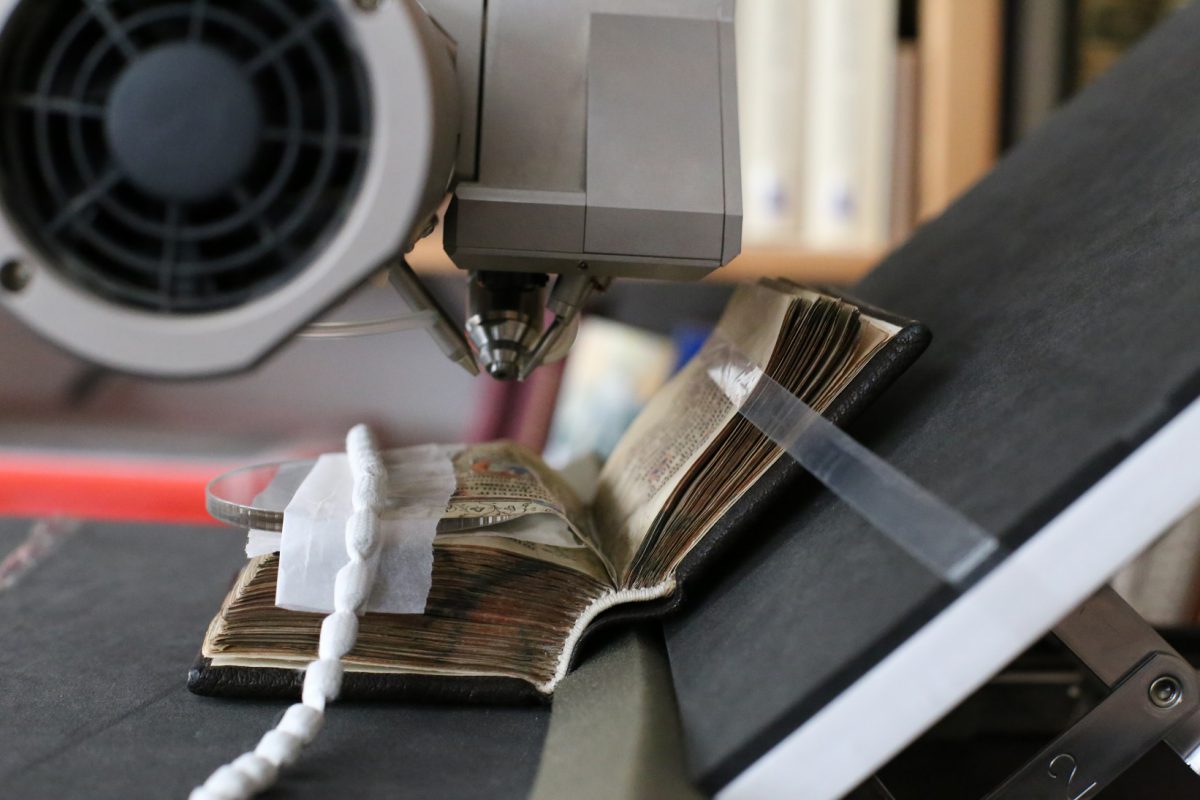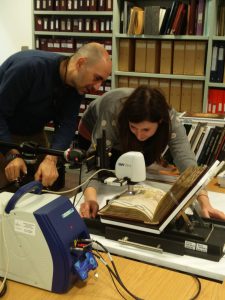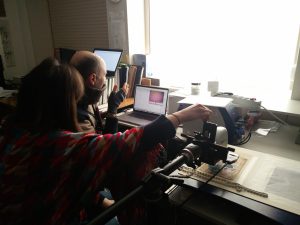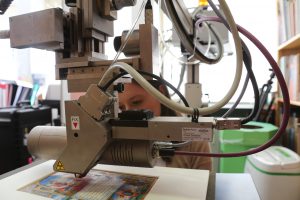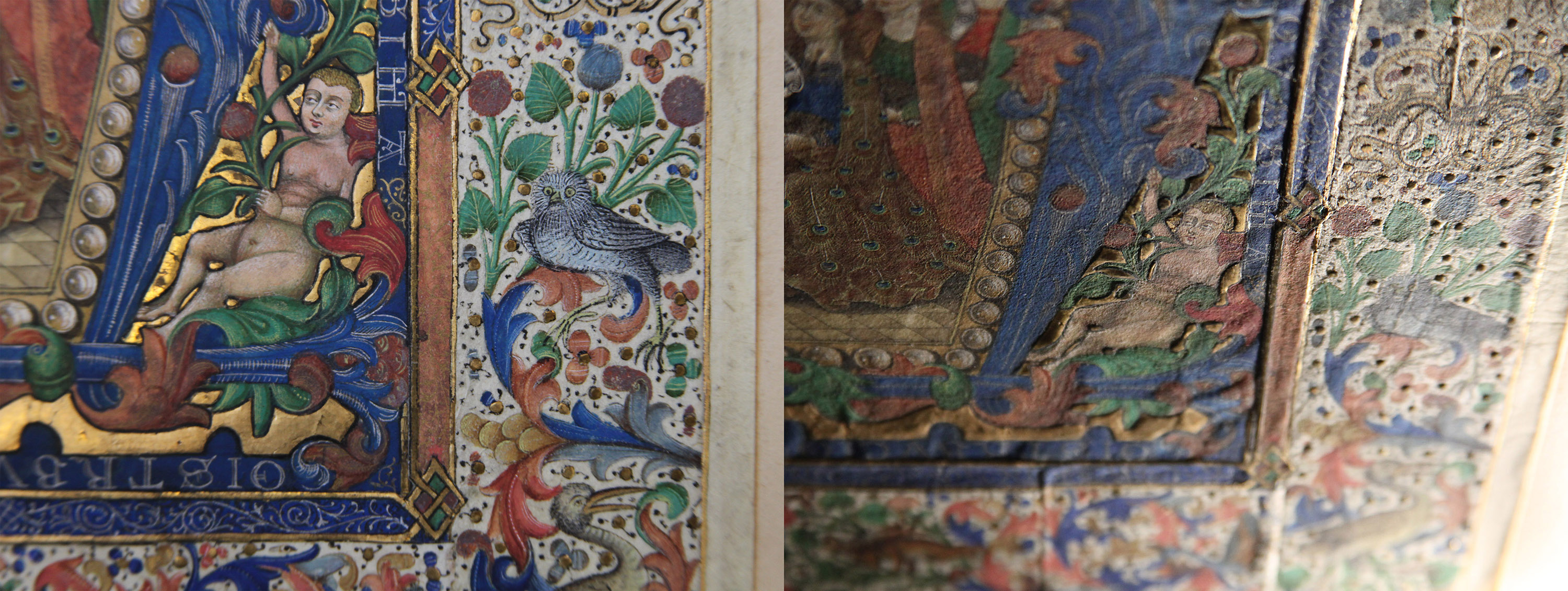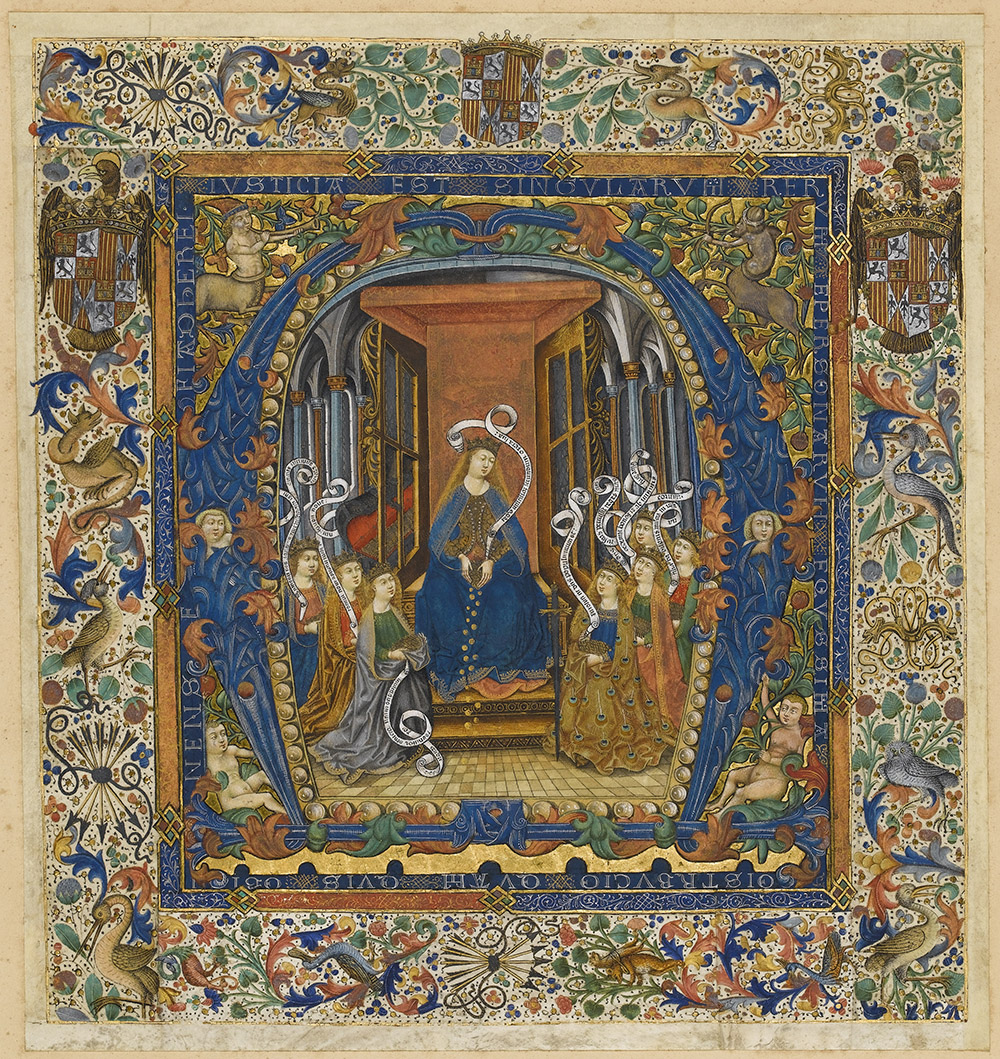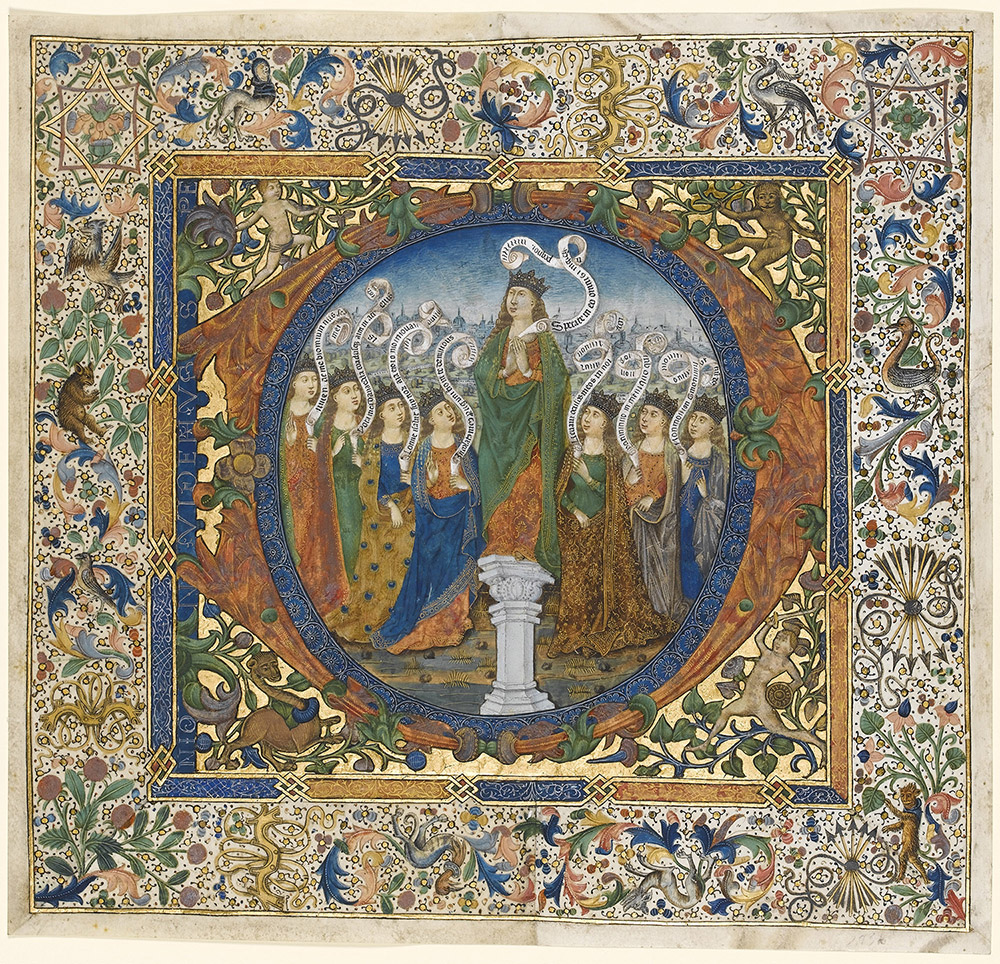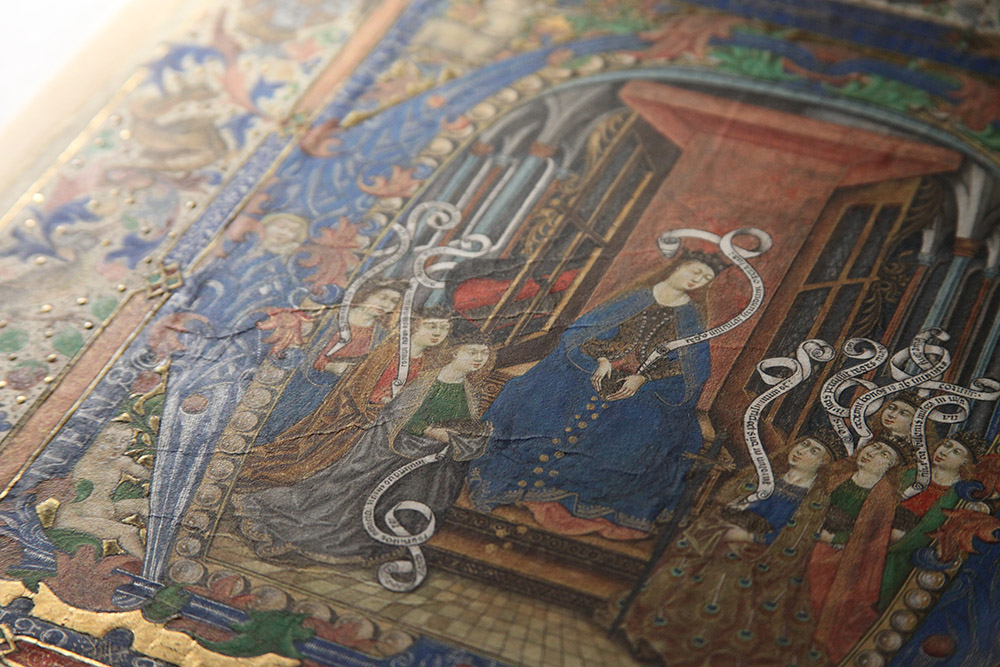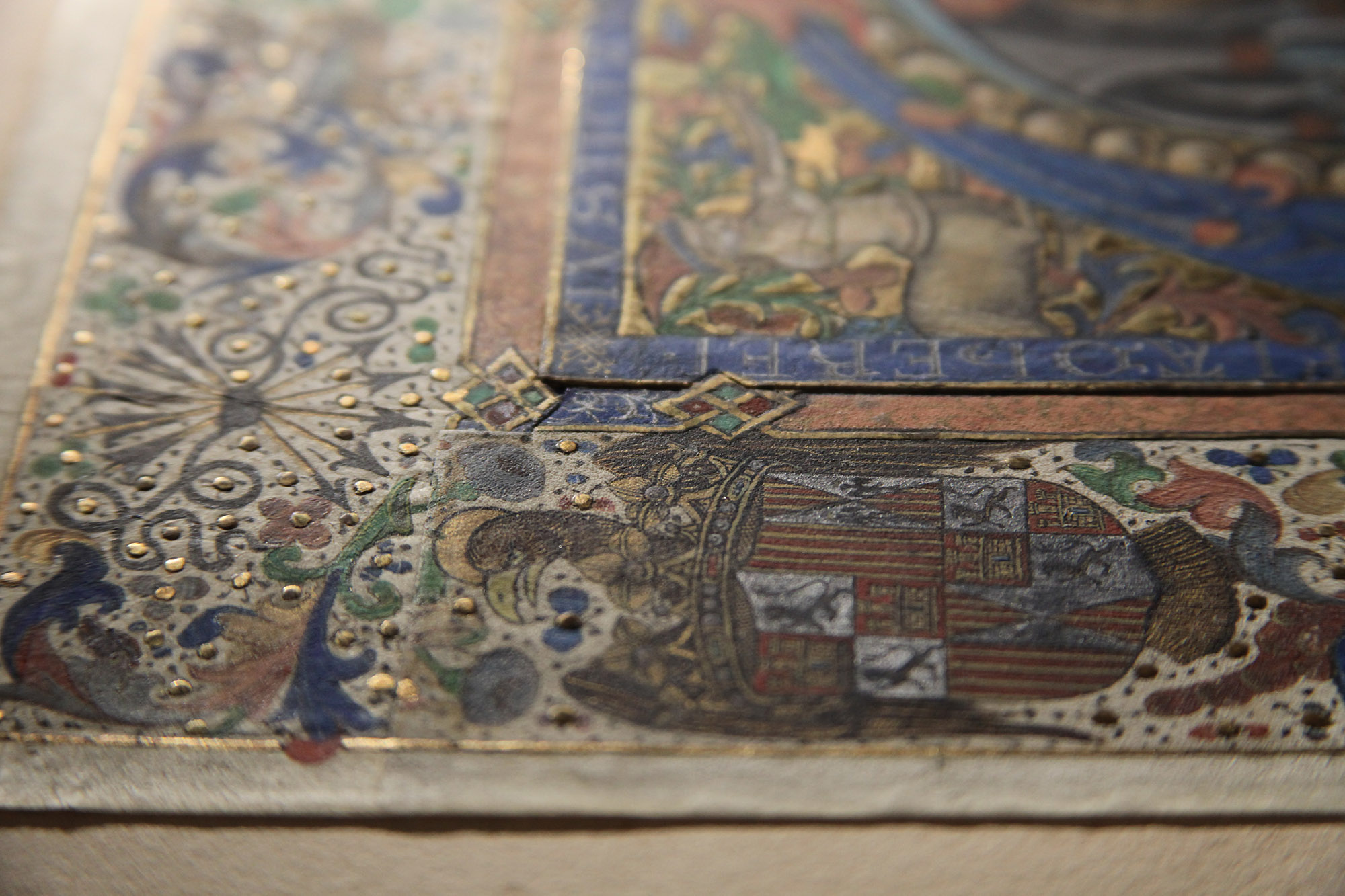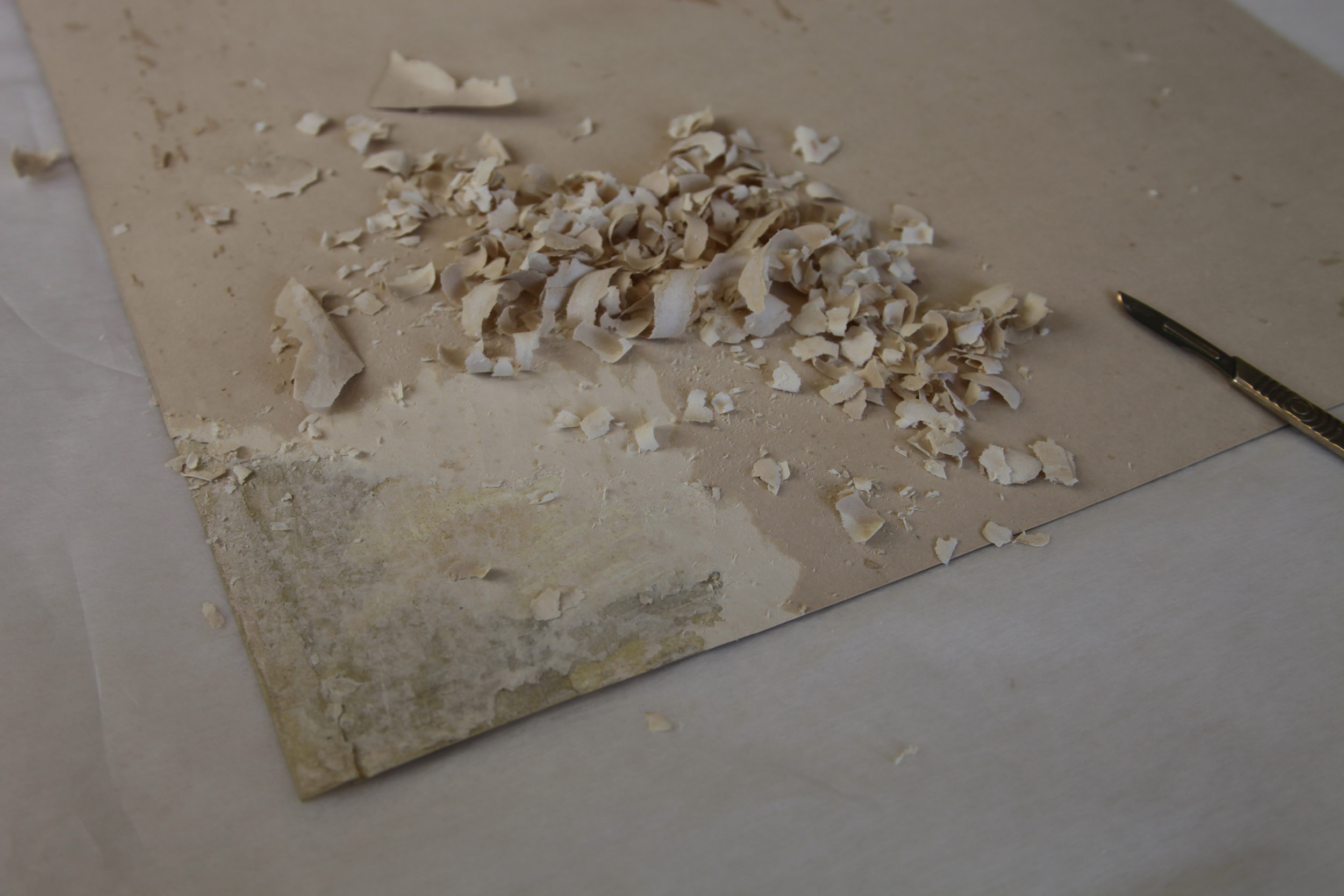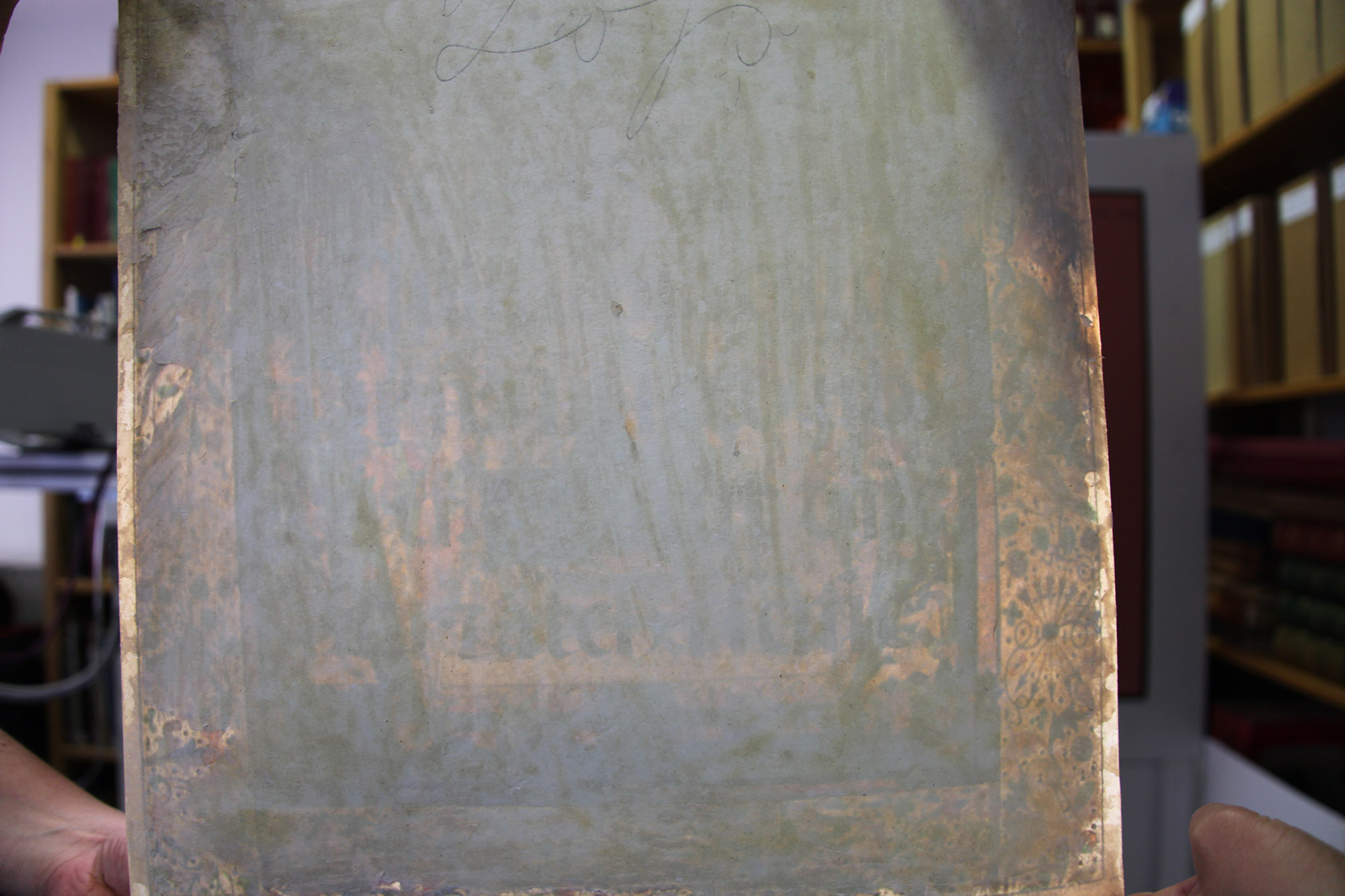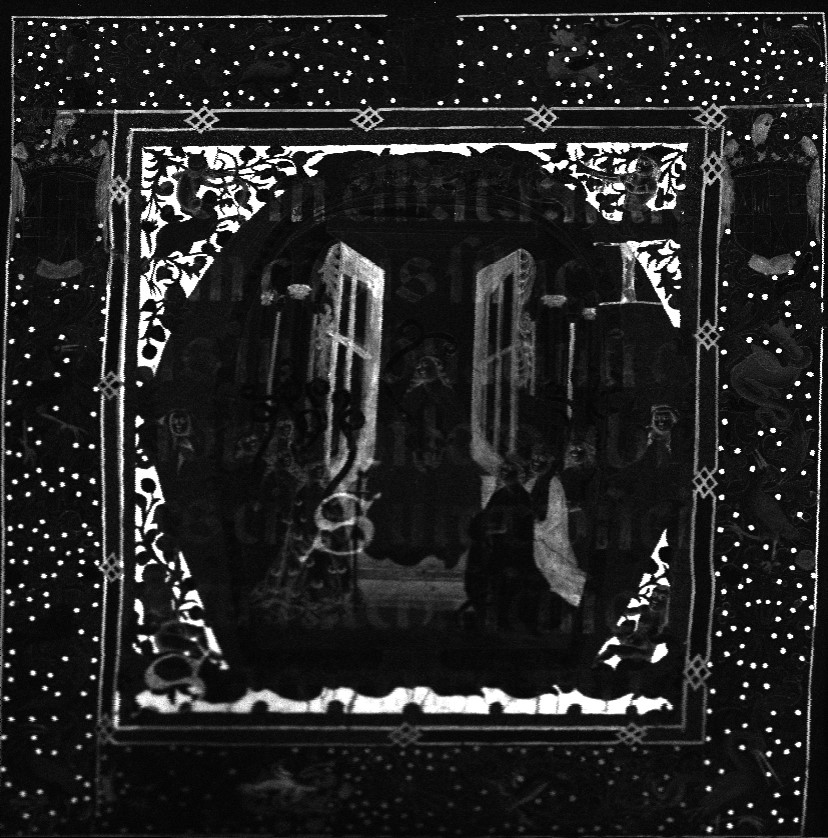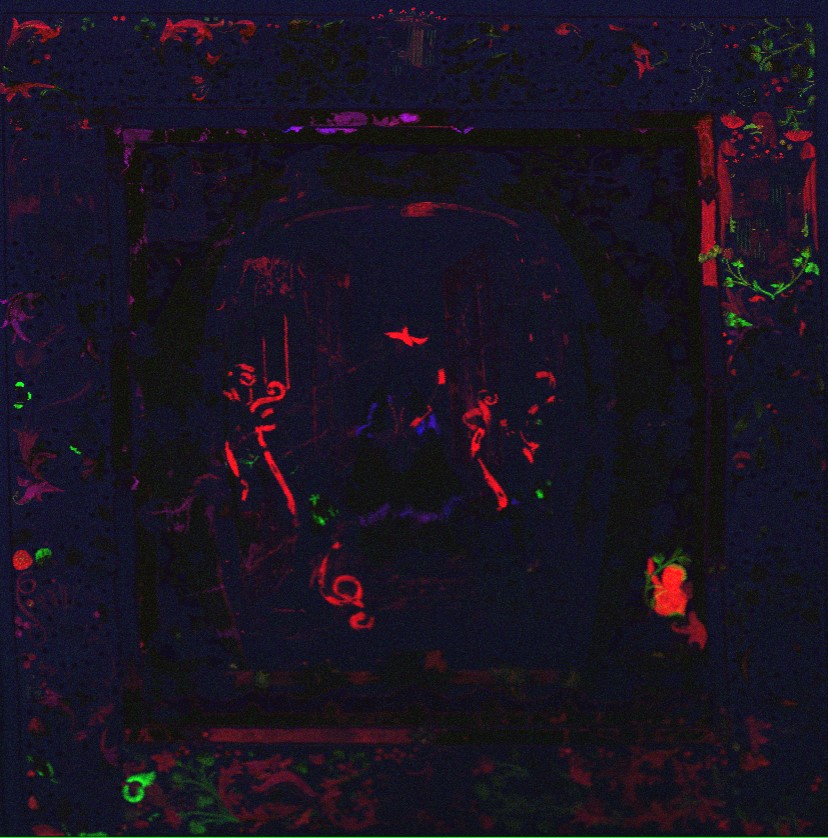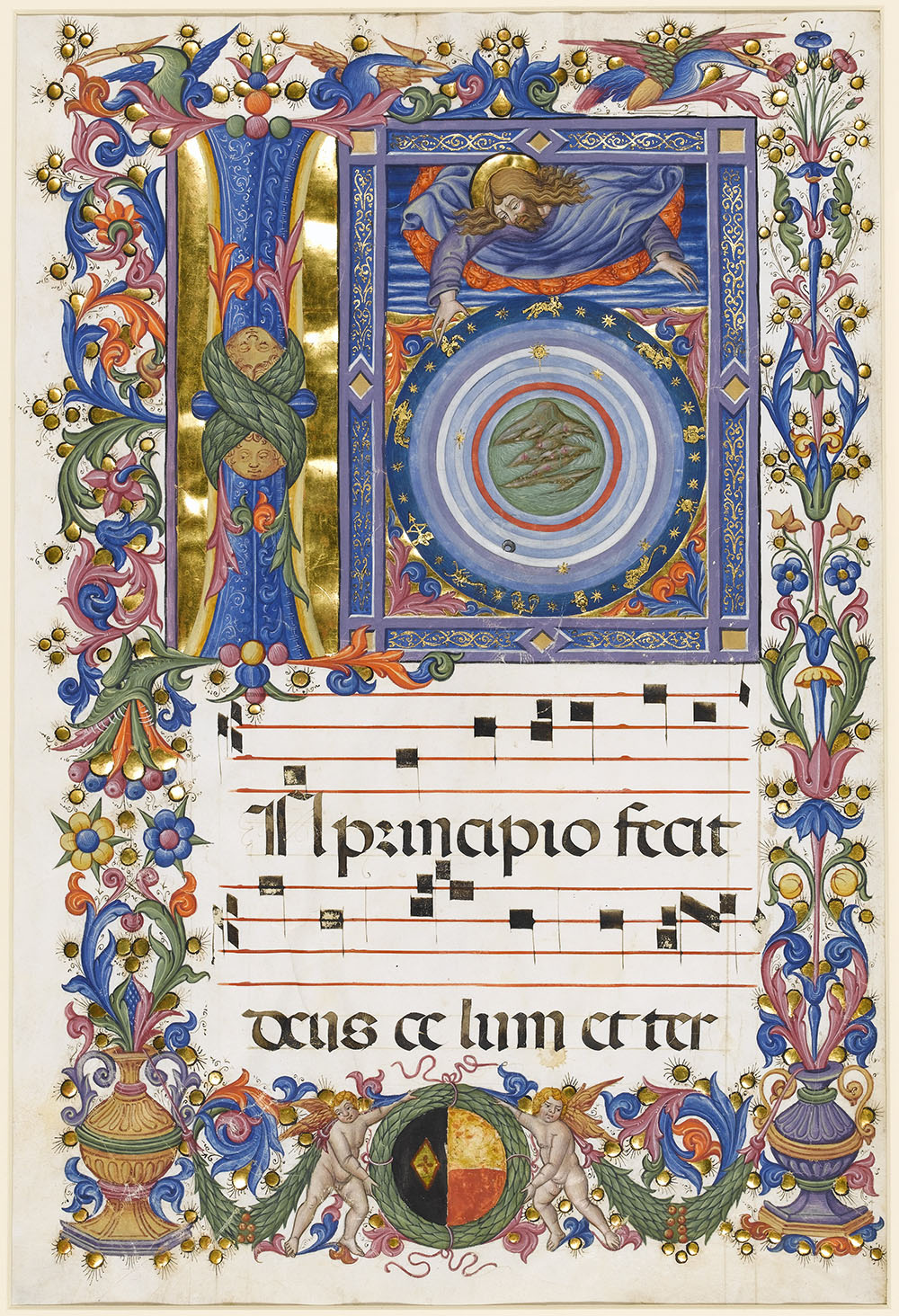The Fitzwilliam Museum holds an exceptional collection of medieval and Renaissance manuscripts, representing all major schools of European illumination from the ninth to the sixteenth century. In the last decade, hundreds of volumes have benefited from interdisciplinary study undertaken as part of two ongoing projects, Cambridge Illuminations and MINIARE.
In this context, the Fitzwilliam’s scientific team recently analysed some fifteenth-century English manuscripts in order to investigate the illuminators’ materials and techniques. Among them, we took a close look at a volume which attracted our attention for its dimensions, only about 10 x 7 x 3 cm! (Fig. 1).
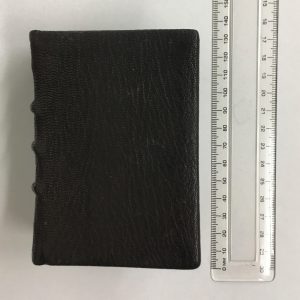
The manuscript (MS 2-1967) is a Book of hours dating to c. 1420, written in Latin on 184 folios of parchment. It contains seven historiated initials, numerous minor decorated initials, pen-work infills of different colours, and borders with golden ivy leaves and coloured acanthus leaves (Fig. 2). Most folios display some level of degradation, in the form of darkening of the red-orange areas and flaking gold leaf, which has significantly changed the original appearance of the decorated borders.
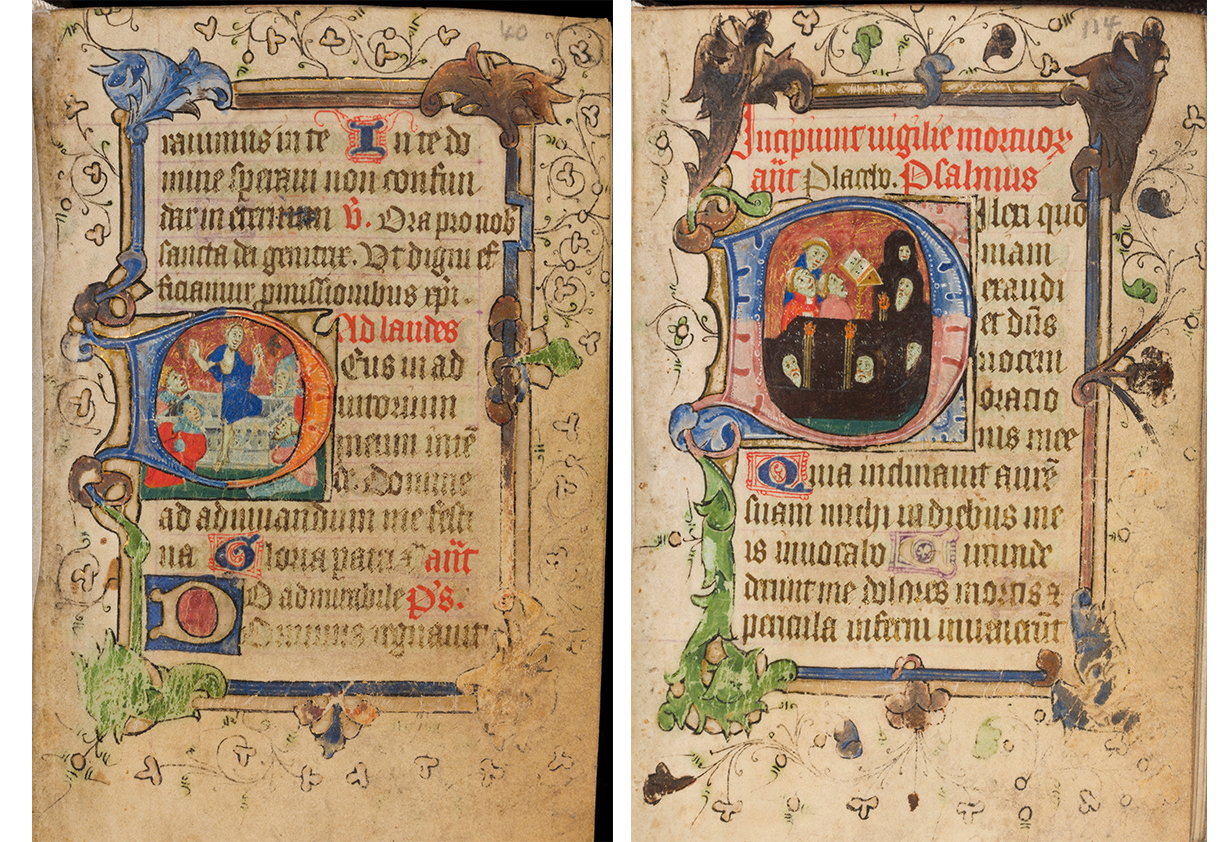
In order to characterise the manuscript’s palette, we examined folios which had been selected by the Keeper of Manuscripts as representative of the style and colours of the manuscript’s illuminations. We chose a fully non-invasive protocol, i.e. we selected analytical methods that do not require the removal of physical samples or contact with the object’s surface. The analytical protocol included near infrared imaging, reflectance spectroscopy in the ultraviolet, visible, and near-infrared range and X-ray fluorescence spectroscopy (XRF) (Fig. 3).

The results of the technical investigation revealed a rich palette, which includes lead white, carbon black, vermilion red, and red lead. The latter has often degraded, especially in the borders, and now appears black. An organic red dye was used to paint pink and red passages, whereas a purple dye was employed for lilac pen-work infills surrounding small gilded initials and to rule the pages.
Ultramarine is the main blue pigment used within the illuminations and the text, e.g. to paint all the blue garments and the acanthus leaves. Interestingly, XRF analysis revealed that the ultramarine employed for the small initials within the text contains more calcium than other blue areas analysed. Calcium may derive from calcite, one of the most common minerals associated with the natural stone lapis lazuli, from which ultramarine is made. Its presence may suggest the use of a low-quality ultramarine, prepared or sourced differently than other batches of the same pigment1.
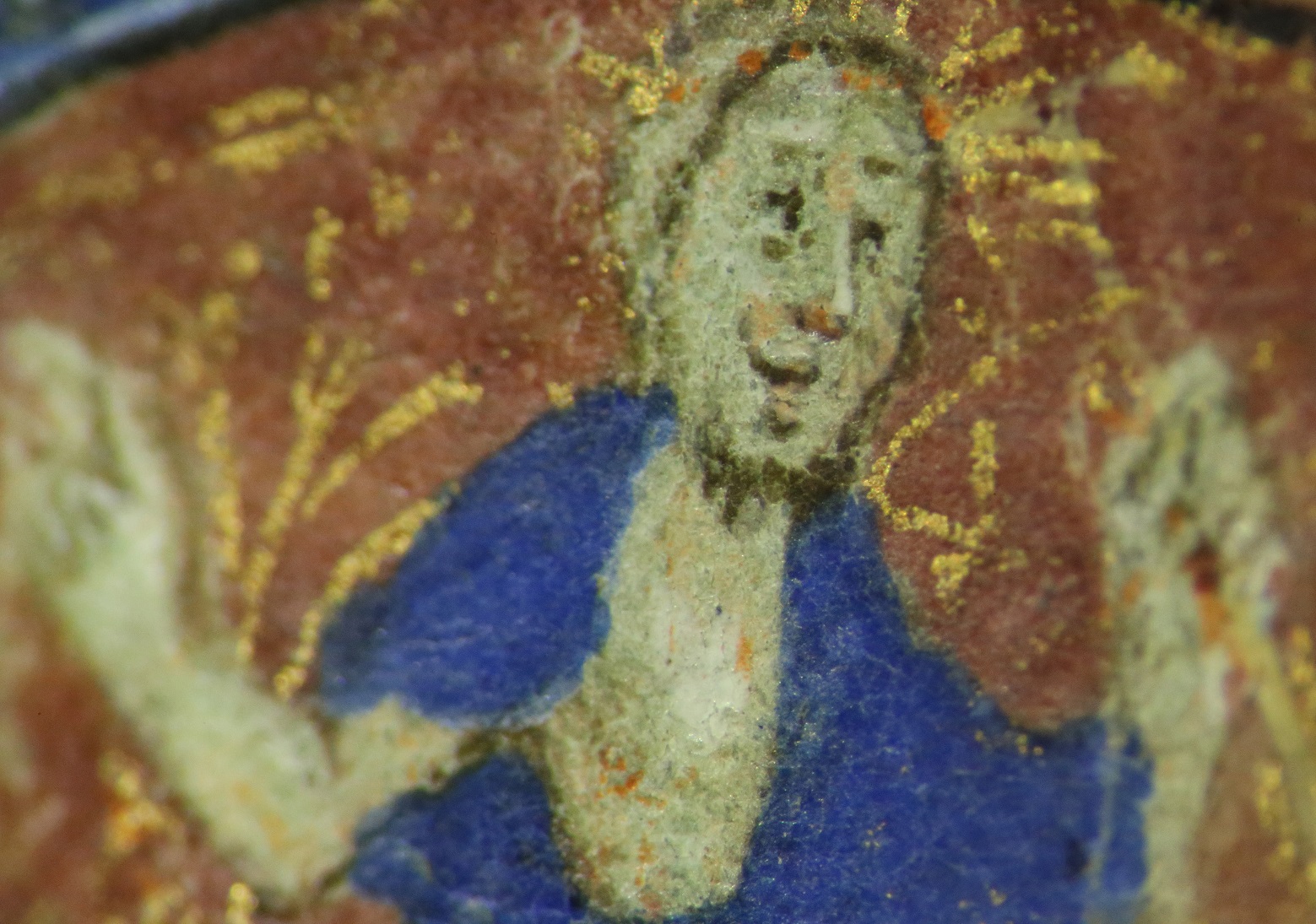
Blue azurite mixed with lead white was found only in small passages, such as the light blue armours of the soldiers witnessing the resurrection of Christ on fol. 40r (see Fig. 2). Azurite was also mixed with an earth pigment to obtain the dark green used in the foreground of all scenes depicted in the historiated initials analysed. An earth pigment, mixed with various compounds, also yielded yellow and brown hues.
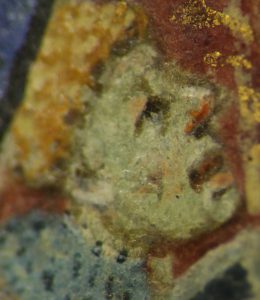
A copper-based compound was employed to obtain the bright green leaves of the borders. Its reflectance spectral signature most resembled that of a mineral compound – such as malachite or a copper sulphate – rather than a synthetic product, such as Verdigris.
Gold was found to be used as shell gold (i.e. powdered gold used as ink or paint) and as gold leaf (i.e. gold beaten into thin sheets), which was laid over a raised white ground. Lastly, iron-gall ink, containing copper and zinc, and red vermillion were used in the text.
Along with the imaging and spectroscopic techniques listed above, microscopic observation helped clarify the illuminator’s painting techniques. Flesh tones were painted using lead white, in addition to a copper-containing compound, an iron-oxide pigment, and small amounts of a calcium-based pigment (such as chalk or gypsum). Outlines and facial features were likely to have been drawn with iron-gall ink; lips, cheeks, and noses were enriched with dabs of red lead, and highlights were then added using lead white.
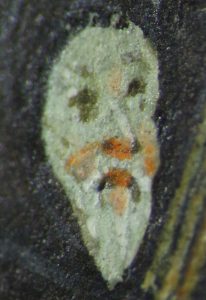
Among the materials detected, two are of particular interest: the copper-containing mineral used for bright green areas, and ultramarine. Both pigments are not commonly encountered in fifteenth-century English manuscripts, which often contain Verdigris and azurite2 instead. Ultramarine remained the standard blue pigment used by illuminators until the late thirteenth century, when it was replaced by azurite, possibly due to the disruption of trade routes between Europe and Asia – the primary source of this pigment – after the disintegration of the Mongol Empire3. The extensive use of precious ultramarine within the manuscript therefore raises questions about the context of its production and the patron’s social status, potentially suggesting a prestigious commission. Additionally, observation under magnification revealed the artist’s ability to portray different expressions and ultimately suggest emotions, such as joy (Fig. 4), astonishment (Fig. 5) or sorrow (Fig. 6), in very tiny faces – they are only a few millimetres long!
Overall, the results of the analyses allowed us to gain insight into the material choices made by a fifteenth-century English illuminator to enrich a book of private devotion. In addition, they will broaden knowledge about English manuscripts produced in that century which have not yet benefited from in-depth examinations.
Even if at first glance the manuscript seemed easy to handle and examine, and the original palette easy to identify, this research taught us that sometimes small objects contain unexpected treasures!
Mila Crippa
Zeno Karl Schindler/MINIARE Fellow
mc2154@cam.ac.uk
References
Osticioli, I. , N.F.C Mendes, A. Nevin, F. Gil, M. Becucci, E. Castellucci, ‘Analysis of natural and artificial ultramarine blue pigments using laser-induced breakdown and pulsed Raman spectroscopy, statistical analysis and light microscopy’, Spectrochimica Acta Part A 73, 2009, 525-531.
Panayotova, S., L. Pereira-Pardo, P. Ricciardi, ‘Illuminator’s Materials and Techniques in Fourteenth-century English Manuscripts’, in Manuscripts in the Making: Art and Science, eds. S. Panayotova and P. Ricciardi, London and Turnhout: Harvey Miller/Brepols, 2017, vol. 1, 46-64.

